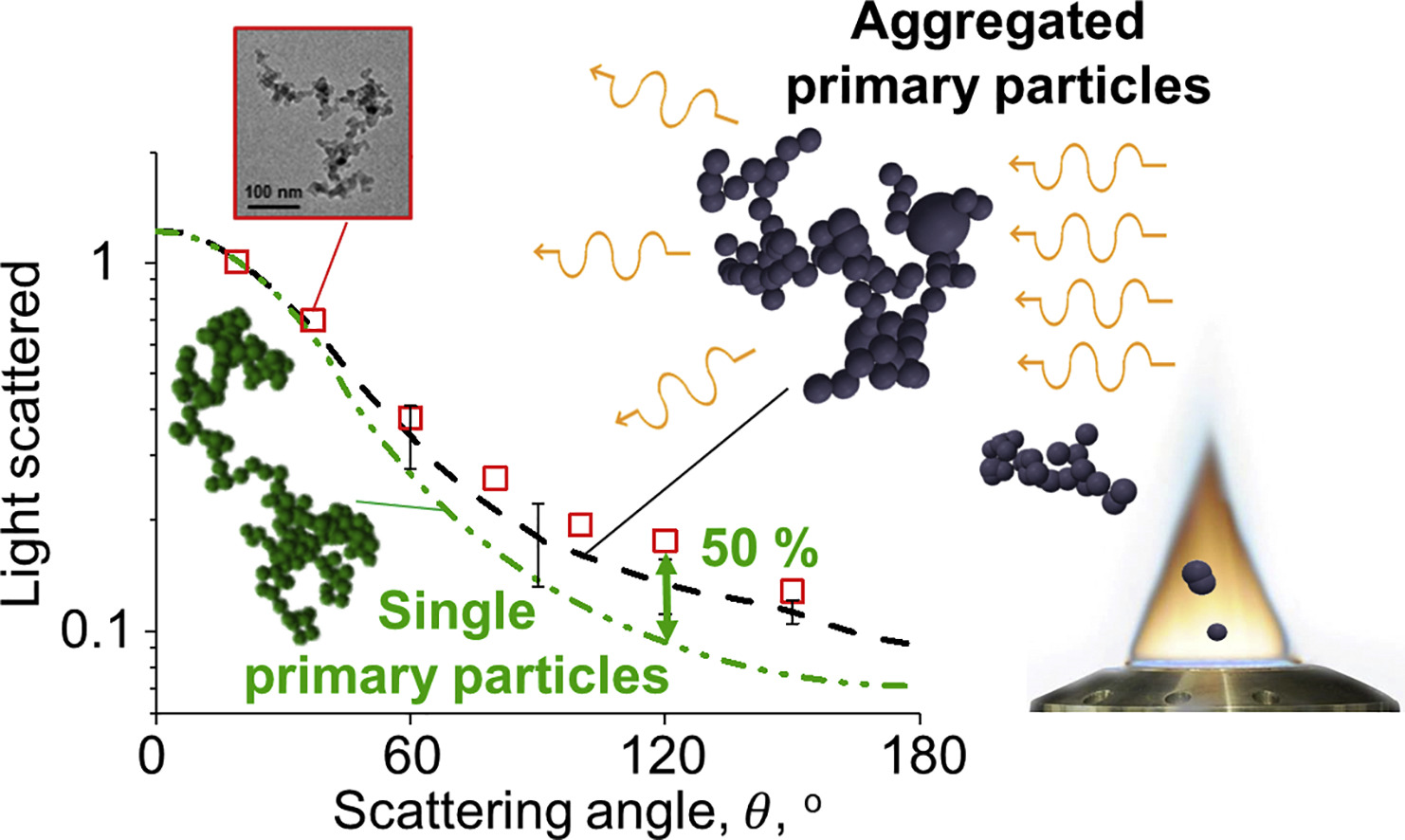(227a) Combustion-Generated Carbonaceous Nanoparticles: The Impact of Oxidation on Their Morphology
AIChE Annual Meeting
2020
2020 Virtual AIChE Annual Meeting
Nanoscale Science and Engineering Forum
Carbon Nanomaterials: Area Plenary (Invited Talks)
Monday, November 16, 2020 - 9:00am to 9:30am
Carbon black is the largest nanostructured material with annual production rate of just over 10 Mt/y worldwide. At the same time, soot emissions from fossil fuel and biomass combustion are comparable, just over 8 MT/y worldwide. As a result, there is renewed interest in understanding the detailed structure and optical properties of soot as it is the second largest contributor (after CO2) to radiative forcing with the largest uncertainty of all such contributors. Furthermore, this understanding is still sought for reliable monitoring of carbon black manufacture and fire detection as well for mitigation of air quality impact on health and visibility reduction. Here, soot surface growth, agglomeration and oxidation are elucidated by discrete element modeling (DEM) and compared to experimental data at various combustion conditions from different laboratories. Emphasis now is placed on soot oxidation that takes place inside and on the surface of its constituent primary particles at a rate that depends on temperature, T, and O2 concentration. Even though accurate oxidation kinetics are essential in both industrial uses and environmental impact of soot, they are often derived neglecting internal particle oxidation and the structure of such soot agglomerates. Here, the detailed evolution of the fractal-like agglomerate soot mass, m, and mobility diameter, dm, during both internal and surface oxidation is determined by a moving sectional model. The model predictions are in excellent agreement with oxidation data of mature ethylene soot dm for T = 900 – 1200 K. Then O2 diffuses into the primary particles and reacts with bulk soot, hardly altering the dm while at higher T, surface oxidation becomes dominant, decreasing dm. The common assumption that soot agglomerates are spheres underestimates their dmup to 50 % during oxidation. Coupling this detailed moving sectional model with soot mobility size distributions can yield realistic soot oxidation rates. Accounting for soot morphology and internal oxidation shows that the classic NSC rate increasingly underestimates (by 3 to 7 times) the oxidation rate of soot (from ethylene and toluene flames) with decreasing temperature (900-1800 K) and/or oxygen concentration (0.2 – 21 vol. %).
- G.A. Kelesidis, S.E. Pratsinis, Internal and surface oxidation of soot agglomerates, Combustion and Flame, 209, 493-499 (2019).
- G.A. Kelesidis, M.R. Kholghy, J. Robertz, J. Zuercher, M. Allemann, A. Duric, S.E. Pratsinis, Light scattering from nanoparticle agglomerates, Powder Technology, 365, 52–59 (2020).
Checkout
This paper has an Extended Abstract file available; you must purchase the conference proceedings to access it.
Do you already own this?
Log In for instructions on accessing this content.
Pricing
Individuals
| AIChE Pro Members | $150.00 |
| AIChE Emeritus Members | $105.00 |
| AIChE Graduate Student Members | Free |
| AIChE Undergraduate Student Members | Free |
| AIChE Explorer Members | $225.00 |
| Non-Members | $225.00 |

